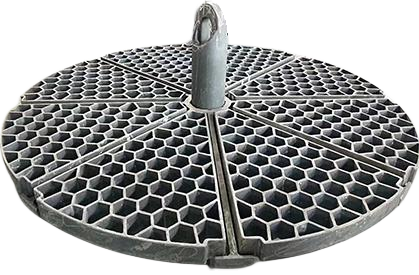spring steel heat treatment
Spring steel heat treatment is a crucial metallurgical process that enhances the mechanical properties of steel specifically designed for spring applications. This sophisticated thermal process involves carefully controlled heating and cooling sequences to achieve optimal material characteristics. The primary objective is to create a material structure that combines high strength with excellent elastic properties, ensuring the spring can repeatedly deform under load and return to its original shape. The process typically consists of three main stages: austenitizing, quenching, and tempering. During austenitizing, the steel is heated to temperatures between 815-870°C, allowing for complete phase transformation. The subsequent rapid quenching in oil or water creates a martensitic structure, providing the necessary hardness. The final tempering stage, performed at temperatures between 370-480°C, relieves internal stresses and achieves the desired balance of strength and ductility. This treatment significantly improves the steel's fatigue resistance, tensile strength, and elastic limit, making it ideal for various applications in automotive suspension systems, industrial machinery, and precision instruments. The process requires precise control of temperature, time, and cooling rates to ensure consistent quality and performance in the final product.
